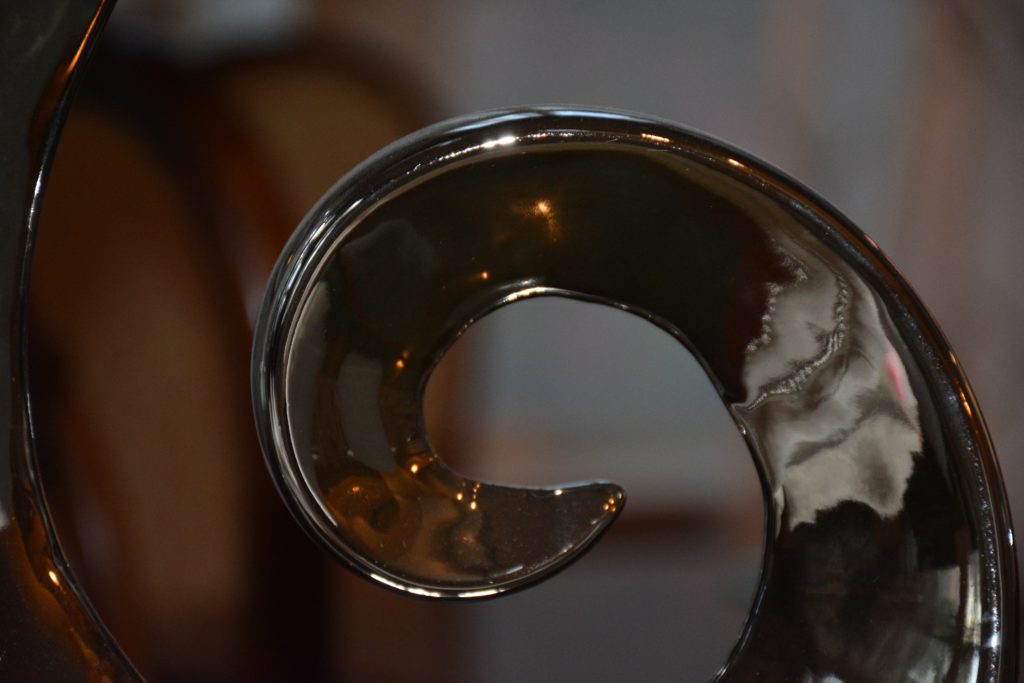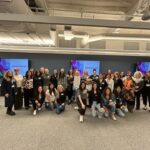Imagine the best party you have even been to and the hardest class you have ever taken. That’s what a design thinking workshop can and should feel like. We’ve created and facilitated hundreds of workshops and learned a lot about how to achieve that sweet and ever-shifting balance between rigor and joy. We want people to leave our workshops with a buoyant determination to put into practice what they’ve learned and a confidence in their ability to do so. And that requires designing, refining, and constantly redesigning. Here is some of what we have learned.
1. It’s about the rhythm and the pace.
As Kierkegaard so beautifully describes, “Life can only be understood backwards; but it must be lived forwards.” The rhythm that works best in design thinking is a mix of modeling, experience, and reflection. Modeling new concepts involves alternating between compelling and provocative visual images and interactions with your audience. Experiential learning provides an opportunity for your audience to practice what they’ve learned. It helps people understand new ideas in immediate and visceral ways. And reflection is a time for pausing and discovering insights. People can ask, “How does what I’ve just learned matter?” As you move through these different phases, set a constantly changing pace by mixing the energy and responding to what is happening in the room. Design individual, paired, small-group, and whole-group activities to vary the personal interactions. Break out an improv activity to get everyone moving and feeling invigorated after an intense work session. Provide a quiet pause for individual reflection before the start of a new concept. Sit, stand, walk, and sometimes, dance to change the physical energy in the room. A good facilitator, like a good host, knows what people need and will create the right rhythm and pace to make it happen.
2. It’s about the space.
Hula hoops, popsicle sticks, light, color, and sound make a difference. We found this out when we arrived at a workshop in a hotel conference room in Seattle where the walls, chairs, carpet, and tables collapsed into a sea of beige. We had an hour to transform the room. It felt like an impossible task, but it was even more impossible to imagine actually hosting a creative workshop in the space. We began by playing our opening playlist. We unpacked our prototyping materials and draped them around the room. We used neon-colored Post-its and wrote inspiring quotes on the doors and the walls. It felt like an episode of an HGTV makeover! And it really did matter.
How you feel in the space reflects how your participants will feel. It’s important to set the space in a way that is intentional and supports how you want people to learn. Think about how they will be sitting, standing, and moving around the room and design the room to accommodate them. Right before your workshop begins, take a big-picture view of the room, and then take a walk around the room to make sure you’ve got the details right.
3. It’s about the prep.
The basics of talking to your client and finding out who is going to be in the room is important. But it’s also important to focus on details like the color of the handouts, the snacks you provide during brainstorming, your handwriting on your charts, and the color of your Post-it notes. Open all the packets of Post-it notes and place the Sharpie pens and dry erase markers where they are needed and easily accessible. Your party should be planned to the last detail. Once the party begins, though, unexpected things happen, so be prepared to flow with what’s happening in the room.
4. It’s about the reps.
You’ll have to make on-the-spot decisions about whether your audience understands a concept you have just presented. Do they need a different example to clarify the information? Give them one. Look at people’s eyes as they are watching a video or listening to your co-facilitator. Look for a confused frown or crossed arms. Ask, “Does that make sense?” or “Do you have any questions?” And enjoy answering them as you clarify any confusion. Design thinking is complex and complicated. When you fully concentrate and respond to one person’s question, the next person with a question will feel comfortable asking it.
As hosts of a design thinking workshop, you are responsible for the nature of the experience. You want the participants to feel welcome, connected, safe, comfortable, and able to ask questions. When you’re at the front of the room presenting, you want the audience to know that you have deep expertise. When the workshop ends, you want them to feel like the friend who feels comfortable staying as the party winds down, and maybe even feels comfortable enough to ask you to go out for something to eat when you’re done (it’s happened). Ultimately, your goal should be to want everyone in the room to feel the joy you feel in this optimistic and world-changing process. Who says learning can’t feel like a party?













